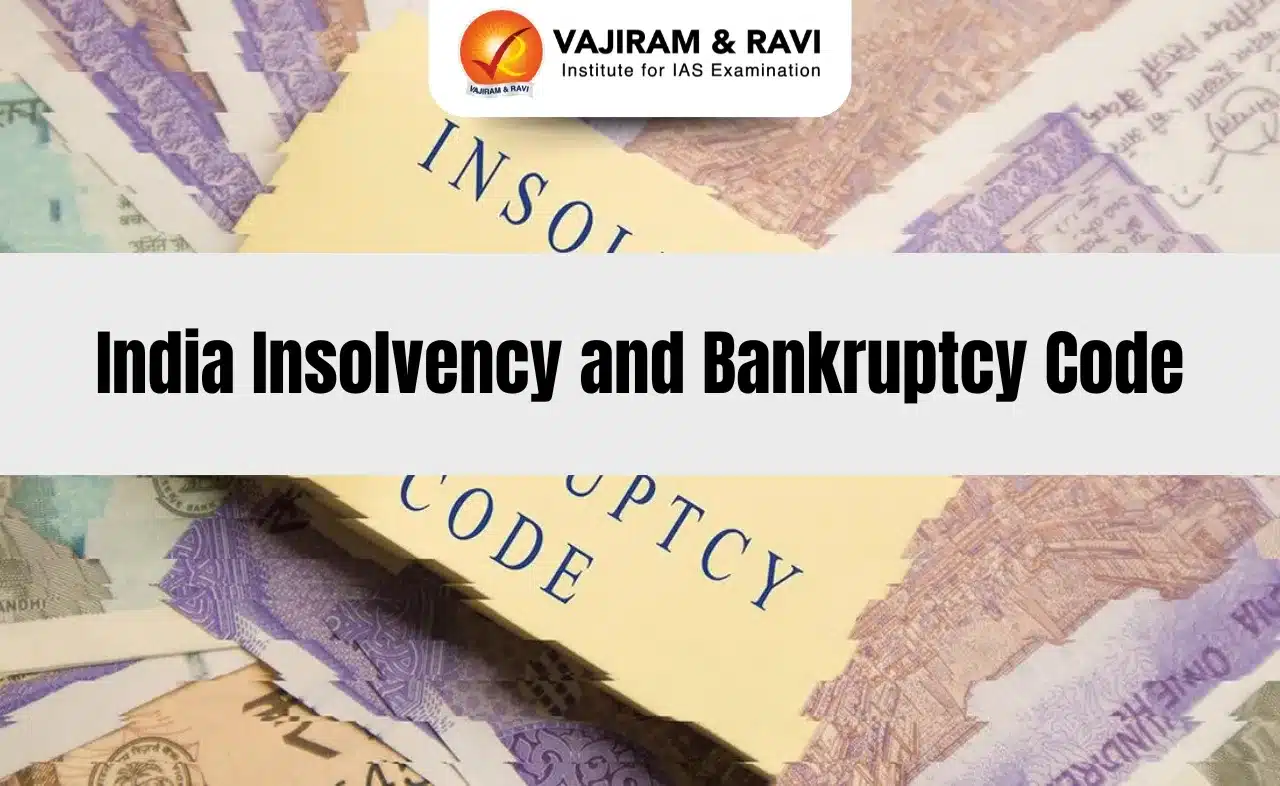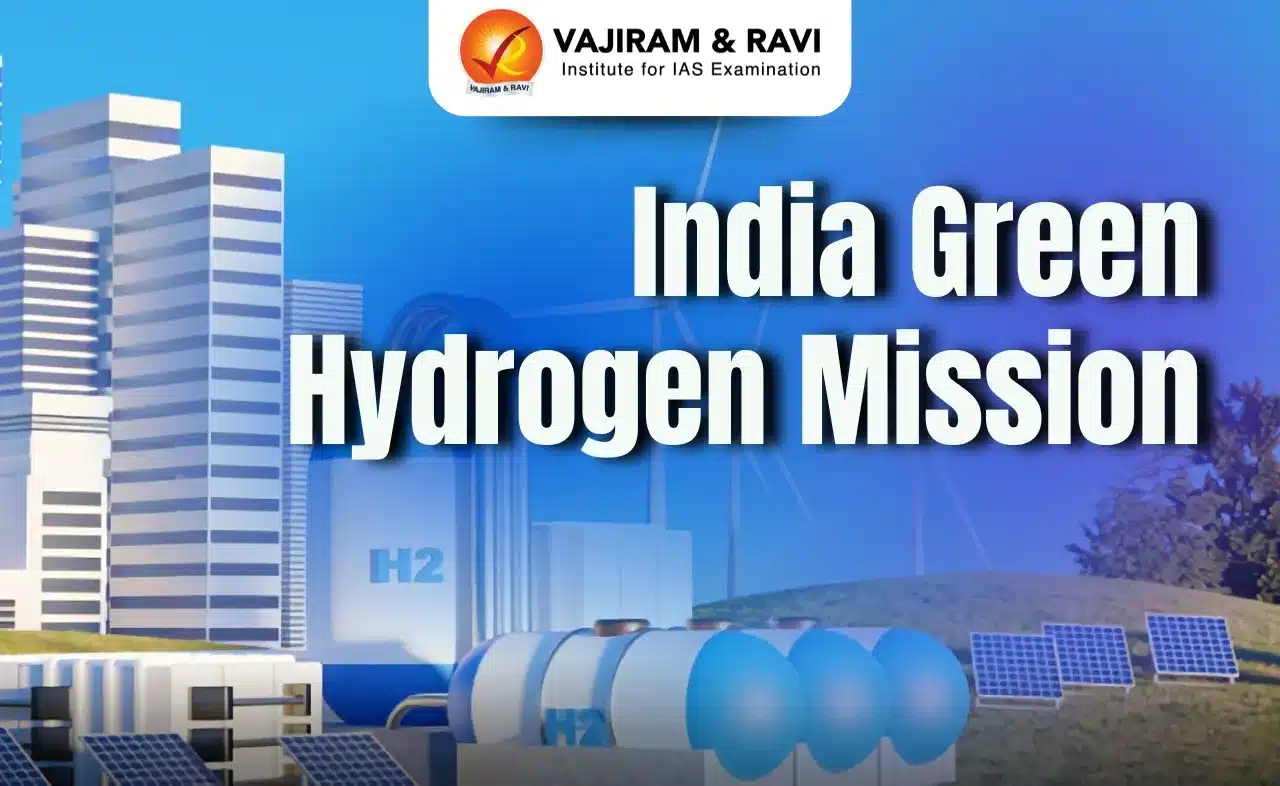Insolvency and Bankruptcy Code Latest News
- According to the latest data from the Insolvency and Bankruptcy Board of India (IBBI), creditors have realised Rs. 3.89 lakh crore under the Insolvency and Bankruptcy Code (IBC).
Introduction
- India’s Insolvency and Bankruptcy Code (IBC), enacted in 2016, marked a transformative shift in the way the country approaches distressed assets and corporate resolution.
- As a consolidated and time-bound framework, the IBC aimed to reverse the borrower-friendly environment that had led to a ballooning of non-performing assets (NPAs), and instead instil credit discipline and accountability.
- Eight years into its journey, the Code has seen landmark resolutions, policy adjustments, and also raised serious questions about its long-term effectiveness.
India’s Insolvency Landscape Pre-IBC
- Before 2016, India had a patchwork of debt recovery mechanisms, the SARFAESI Act, Debt Recovery Tribunals (DRTs), and Company Law Board proceedings, often resulting in prolonged litigation and poor recovery rates.
- The introduction of IBC centralized the resolution mechanism and aimed to conclude proceedings within 330 days from the date of admission by the National Company Law Tribunal (NCLT), failing which the company would go into liquidation.
News Summary: Eight Years of IBC – Outcomes and Challenges
- As of March 2025, the IBC has helped rescue 1,194 companies and led to creditors recovering Rs. 3.89 lakh crore, with a recovery rate of 32.8% against admitted claims.
- It has emerged as the dominant recovery tool, contributing 48% of bank recoveries in FY 2023-24. Other channels like SARFAESI (32%), DRTs (17%), and Lok Adalats (3%) lag behind.
- On average, resolution plans fetched 93.41% of the fair value of assets and over 170% of their liquidation value.
- Experts note that despite its moderate numerical recovery rate, the IBC has significantly altered borrower behaviour, with 30,310 cases (worth Rs. 13.78 lakh crore) settled before admission, indicating a deterrent effect.
- A study by IIM-Bangalore highlighted its positive influence on credit discipline, reducing the gross NPAs of scheduled commercial banks from 11.2% in March 2018 to 2.8% in March 2024.
- It also improved credit terms for distressed firms and strengthened corporate governance.
- However, nearly 78% of ongoing CIRP cases exceed the 270-day limit, primarily due to delays at the NCLT.
- Recent judgments, like the Supreme Court verdict in the Bhushan Power and Steel case, raise concerns over post-resolution certainty and discourage potential resolution applicants fearing future legal reversals.
- Analysts argue that while the framework is strong, India must invest in tribunal infrastructure, introduce clearer norms for modern assets (like IP and employee dues), and avoid excessive judicial interference after resolution approval. Without such measures, the credibility and efficiency of the IBC could be undermined despite its foundational strengths.
Structural Strengths of the IBC
- Resolution over Liquidation
- Unlike legacy frameworks, the IBC emphasizes reviving distressed firms rather than pushing them into liquidation. This approach safeguards jobs, preserves asset value, and sustains credit flow in the economy.
- Creditor-Centric Design
- The IBC shifts control from debtors to creditors through the Committee of Creditors (CoC), which evaluates resolution plans and makes decisions, with NCLT acting as an adjudicator.
- Pre-admission Settlements
- The credible threat of insolvency has resulted in a surge in out-of-court settlements, reducing the load on formal institutions and accelerating repayments.
Key Challenges and Bottlenecks
- Judicial Delays
- A major concern is the inability of the NCLT to process cases within the stipulated time. These delays often derail viable resolutions and lead to lower recovery.
- Legal Uncertainty
- Cases like Bhushan Power and Steel, where resolution outcomes were reopened years after implementation, erode commercial certainty and dampen investor confidence.
- Haircuts and Recovery Rates
- While numerical recoveries are better than pre-IBC levels, haircuts remain high, averaging nearly 67%. Stakeholders call for better valuation and bidding frameworks to minimize such losses.
- Future-Readiness
- Emerging insolvency cases involving tech firms, startups, and IP-centric businesses demand updated resolution norms beyond traditional asset-heavy models. There is also a growing need for pre-packaged insolvency mechanisms to fast-track smaller cases.
Way Forward
- To fully realize the IBC’s potential, India must:
- Strengthen NCLT capacity through digitization and more benches.
- Protect commercial decisions from prolonged judicial scrutiny.
- Encourage pre-pack insolvency and faster implementation of resolution plans.
- Codify rules for emerging sectors and provide better treatment for employee claims and tech-based businesses.
- With continued institutional reforms and jurisprudential clarity, the IBC can remain central to India’s aspiration of becoming a $5 trillion economy.
India’s Insolvency and Bankruptcy Code FAQs
Q1. What is the primary objective of the IBC?
Ans. The IBC aims to provide a time-bound, creditor-led framework for resolving corporate insolvencies and improving debt recovery.
Q2. How effective has the IBC been in debt recovery?
Ans. As of March 2025, creditors recovered ₹3.89 lakh crore with a recovery rate of 32.8% under the IBC framework.
Q3. What are the major challenges faced by IBC?
Ans. Key challenges include judicial delays, high haircuts, and legal uncertainty in post-resolution cases.
Q4. How has the IBC impacted borrower behavior?
Ans. The IBC has led to a shift in borrower conduct, with over ₹13.78 lakh crore in defaults settled before admission.
Q5. What is the concern arising from the Bhushan Steel verdict?
Ans. The verdict has raised concerns about the legal finality of resolution plans and its impact on investor confidence.
Source: TH
Last updated on June, 2025
→ UPSC Notification 2025 was released on 22nd January 2025.
→ UPSC Prelims Result 2025 is out now for the CSE held on 25 May 2025.
→ UPSC Prelims Question Paper 2025 and Unofficial Prelims Answer Key 2025 are available now.
→ UPSC Calendar 2026 is released on 15th May, 2025.
→ The UPSC Vacancy 2025 were released 1129, out of which 979 were for UPSC CSE and remaining 150 are for UPSC IFoS.
→ UPSC Mains 2025 will be conducted on 22nd August 2025.
→ UPSC Prelims 2026 will be conducted on 24th May, 2026 & UPSC Mains 2026 will be conducted on 21st August 2026.
→ The UPSC Selection Process is of 3 stages-Prelims, Mains and Interview.
→ UPSC Result 2024 is released with latest UPSC Marksheet 2024. Check Now!
→ UPSC Toppers List 2024 is released now. Shakti Dubey is UPSC AIR 1 2024 Topper.
→ Also check Best IAS Coaching in Delhi
























